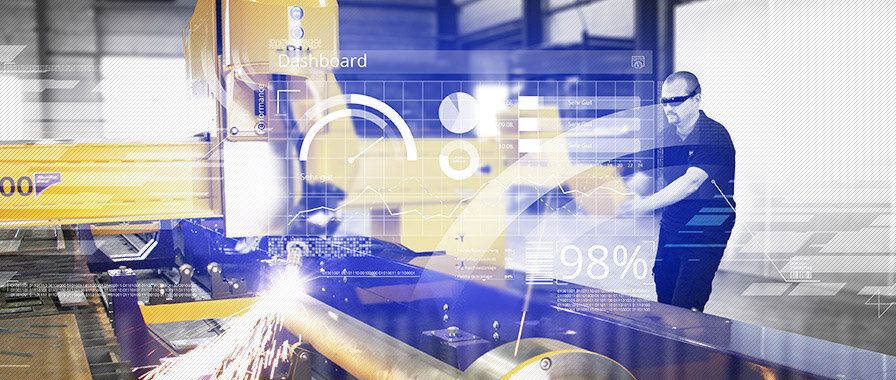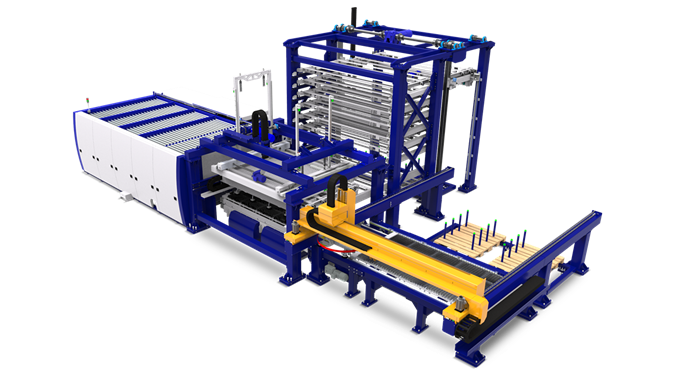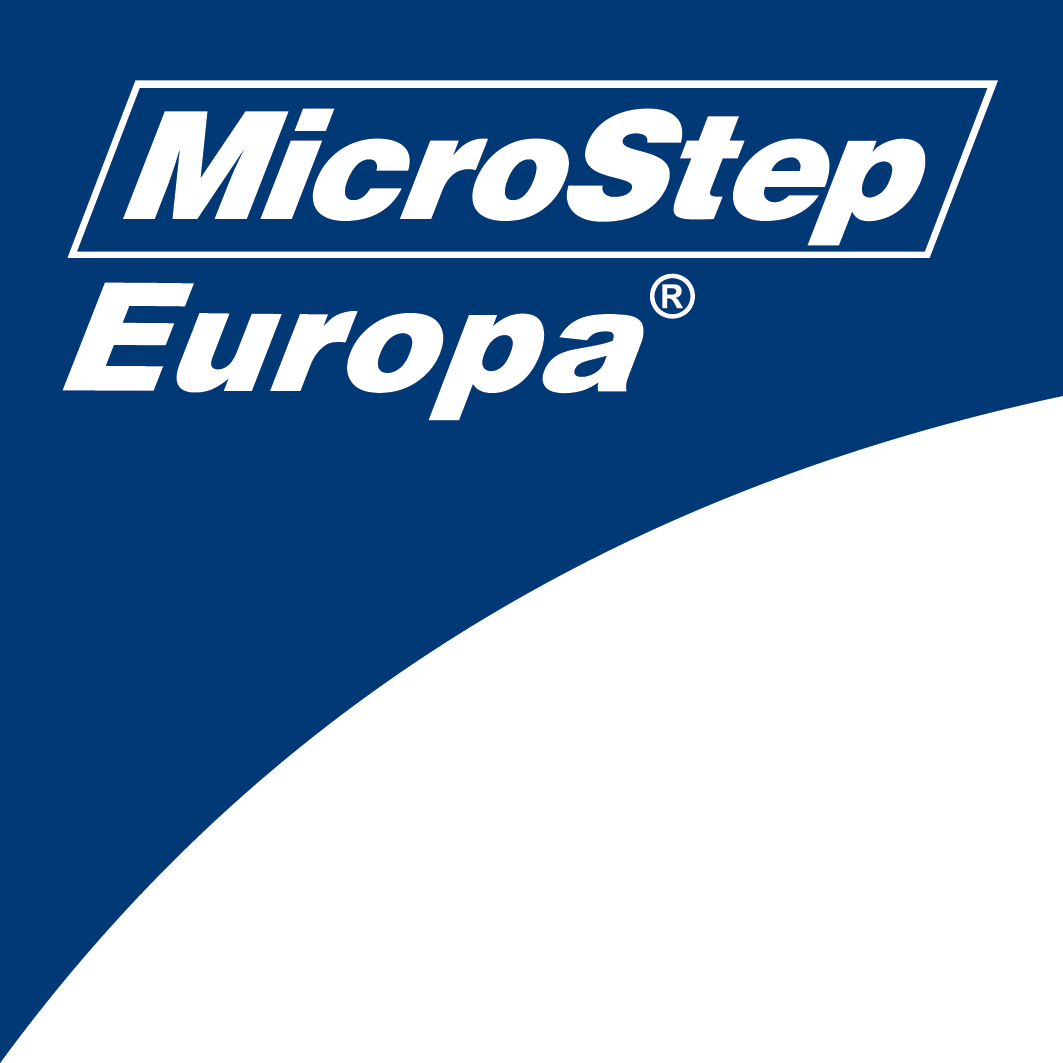
Dr. Alexander Varga, responsible for Research & Development at MicroStep
Interview: Invest in innovation and production
In the interview Dr. Alexander Varga, co-founder and the Head of Development at MicroStep, goes back to the company's beginnings and successes and shows goals
Published 09.01.2019 | Erich Wörishofer
Nowadays, it is said that worldwide industry has to move away from simple assembly and production towards higher added value, development and innovations. Your company did just this in its beginnings, you were focusing on the development of special applications and the production came about later. What products and services do you offer at the present?
Dr. Alexander Varga: Focus on our own development has been determined by the professional past of MicroStep’s founders. MicroStep was founded in 1991 by 10 researchers and teachers from the Department of Automation and Regulation, Faculty of Electrical Engineering and Information Technology of the Slovak University of Technology in Bratislava. Our goal was to continue working within our expertise which was accurate digital servo systems and microprocessor controlled technology. We wanted to produce in-house developed control systems for applications which require accurate positioning control. Slowly, we worked our way to CNC plasma cutting machines and gradually we expanded our portfolio with other cutting technologies – oxyfuel, waterjet and laser. Time has shown us that with sophisticated products, it is possible to succeed even on a global scale. Over the years we have developed quite large portfolio of products for CNC cutting and offer both complex high-end and simpler low-end applications.
Our machines are conceived in a way which allows different cutting technologies and additional technologies like drilling, tapping, countersinking, marking etc. to be installed on a single machine. The traditional flat-bed cutting machines can be extended with equipment for cutting of pipes and profiles of different diameters, or different 3D objects (e.g. tank ends for pressure vessels).
Our high-end machine types have a modular construction and the actual size as well as the technology setup are made according to customer’s needs. Smallest machines come with working area of 3 x 1.5 m and the biggest ones are 50 x 10 m large, and even large sized gantries providing effective working widths of more than 20 m. Our machines are fitted with high quality linear guidelines from THK, Bosch Rexroth and HIWIN, servo motors and controllers from Panasonic, pneumatic accessories from Festo etc. These top quality parts assure long term reliability of our machines. We have made a name for ourselves mainly thanks to the technological level of our solutions.
The cutting technologies are constantly developing mostly in terms of cut quality, accuracy, cutting speed and maximum cut thickness. As these parameters improved, the thermal cutting started to push conventional machining technologies out of many production areas. If the part is cut with high accuracy, it doesn’t have to undergo any further machining. High quality plasma, fiber laser, waterjet and CNC machines can cut parts with beveled edges ready for subsequent welding. Machines with drilling heads allow drilling, tapping and countersinking. Parts can be also marked by different technologies (laser, plasma, inkjet, micro-percussion). We can clearly see it is not only about the cutting but about complex part preparation and such machines are basically complex production centers. If we add systems for automatic loading/unloading and sorting of the cut parts, it is an automated production cell. This is exactly the kind of product we deliver. We also provide service for our machines; each is equipped with remote diagnostic software.
MicroStep is a producer and supplier of CNC machines for cutting by plasma, laser, oxyfuel and waterjet. What are the latest trends and requirements of your customers in this area? Which technologies appear to be the most perspective?
Dr. Alexander Varga: Each of the mentioned technologies has its place and I don’t believe one will be pushing the other out, even though application areas of for example plasma and laser do overlap a little. Over the last 20 years, the plasma technology has gone through huge development. Today, it is possible to cut metals up to 50 mm thick and still maintain high quality. We equip our machines with plasma sources from Hypertherm (USA) and Kjellberg (DE). Both of these companies represent the top in their field. However, when cutting thin materials with fine details, plasma will never reach quality of laser cutting. Laser cutting too has been going through period of rapid development. CO2 lasers have been swiftly replaced by solid-state fiber lasers which transfer the laser beam into the cutting head via optical fiber. That enables simpler construction of large-scale laser cutting machines without the need to place the laser source directly on the machine gantry. This technology is suitable for cutting materials up to 25 mm thick. For our laser machines we use IPG (USA) laser sources.
Waterjet cutting on the other hand is most suitable in cases when thermal cutting isn’t an option or when required materials can’t be cut by other technologies (rubber, plastic, etc.). These machines are equipped with high pressure pumps from Hypertherm (USA), KMT (USA) and BFT (AT).
The oxyfuel cutting technology is dominating in the field of very thick materials usually cutting metals up to 300 mm thick.
These days, the cutting technology itself is not the primary concern for our customers anymore. More and more they want automation solutions with automatic loading, unloading, sorting of the cut parts, fully automated production cells connected to higher level of production management which fit into the recent global trends known as IoT and Industry 4.0.
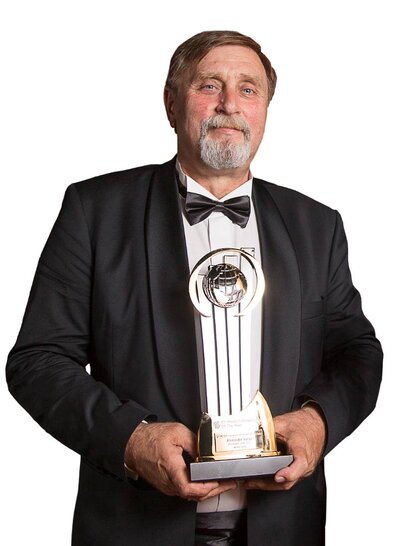
Dr. Alexander Varga attending the finals of EY World Entrepreneur of the Year™ in Monte Carlo in 2015. Together with Eva Stejskalova he was national winner of the EY Entrepreneur of the Year™ prize awarded by the renowned consulting company EY for their achievements with MicroStep.
Apart from development and manufacturing of new products you also develop your own software with specialized modules for particular machining applications and thanks to that you are able to offer a wide portfolio of products and services to your customers. What is it that makes MicroStep different from its competitors? What do you consider to be strengths of your company?
Dr. Alexander Varga: Software products are an integral part of our systems. MicroStep doesn’t deliver only machines; we deliver a complete workplace which includes the cutting machine and software for creation of NC code. The software nests the parts in a way which leaves minimal amounts of waste, adds lead-ins, lead-outs, defines cutting priorities etc. In case the unit is equipped also with automatic loading and unloading, the software is responsible for the entire process. We develop all of the software ourselves. Naturally, there are customers who create their cutting plans using software from a different producer, but we are able to adapt also in this case. Thanks to the entire system being in our hands, we are able to offer solutions our competition can’t. A great example of that is a special machine for a customer from Belgium. Apart from standard plasma cutting head there is a robot functioning as another cutting head for cutting pipes up to Ø 2,000 mm. The main strength of MicroStep is a strong, experienced and capable development team which allows us to create tailor-made machines. Many of our competitors can’t do that and our customers greatly appreciate this fact.
„We have made a name for ourselves mainly thanks to the technological level of our solutions. MicroStep doesn’t deliver only machines; we deliver a complete workplace.“
Dr. Alexander Varga
Head of R&D | MicroStep
Your success is highlighted by the fact that you managed to succeed abroad where you have representation in many countries. Where in the world do you operate and in what markets do you have the strongest presence?
Dr. Alexander Varga: We are currently being represented by more than 40 dealers active in 55 countries worldwide. These companies aren’t responsible only for the sales but also for the service and maintenance. The most significant is our representation in Germany by our subsidiary MicroStep Europa GmbH, which sells approximately 30 % of our yearly production in Germany, Austria and Switzerland. European market is the one where we have the strongest presence and are able to sell the most complex solutions. We also have strong representation in Russia and China and are currently starting business activities in USA, Canada and Australia.
With the slogan “Your Partner for Cutting and Automation” you offer a wide portfolio ranging from small solutions for schools or workshops to customized automated production lines for steel centers, shipyards or the automotive industry. Could you name some of your most prominent customers? Are there any unique projects you managed to realize recently?
Dr. Alexander Varga: Every single customer is important to us and we approach his machine order responsibly. Important category of customers who need heavy-duty machines are shipyards. We have delivered several solutions for this segment recently. One of those is a large-scale CNC fiber laser cutter 50 m long and 3.5 m wide for Chantiers de l’Atlantique (until recently STX France). The machine powered by an 8 kW solid-state fiber laser source and equipped with a bevel head. Other significant solutions are plasma cutting machines delivered to Irving Shipbuilding shipyard in Canada, Vard Tulcea shipyard in Romania, German Naval Yards in Germany with others on the way. These machines are a part of lines for production of large-scale panels used for shipbuilding delivered by Finnish company Pemamek with MicroStep being a subcontractor. Working areas of these machines range up to 24 x 24 m. Apart from bevel cutting with plasma they are equipped with inkjet marking and plasma marking/blasting solutions that prepare places where stiffeners will be subsequently welded. Our customers are renowned companies like ThyssenKrupp, Bosch, Doppelmayr, Viessmann, Lürssen and others.
The MSF Max in a Video at the French Shipyard Chantiers de l’Altantique.
The history of MicroStep in its nearly three decades is a story of success. Where do you think has been the starting point for this fruitful run and what is in your opinion the long-term trend and prognosis for the future?
Dr. Alexander Varga: The beginning of our evolution from a small university-based start-up to a worldwide company happened 1997 in Essen, Germany. At this time, we managed to get ourselves – together with other companies from Slovakia – and with one of our simplest machines – into an exhibition stand at the internationally recognized Welding & Cutting fair. There we made first contacts with potential customers and also with potential dealers. Gradually the number of produced machines increased and these machines needed to be serviced and so naturally, a subsidiary company was founded in Germany (MicroStep Europa GmbH) responsible for sales and service. Later others were founded. The first one mentioned is the most established and sells more than 60 machines every year. Here lays the basis of our business success story. Today we produce approximately 180 CNC machines while 95% of the production is sold abroad. During the existence of MicroStep, we have sold over 2,500 machines into 55 countries worldwide.
We have the development and administration center in Bratislava (SK), production facility in Partizánske (SK) and production facility in Hriňová (SK).
Where did you invest most recently and what projects are you planning for the future?
Dr. Alexander Varga: Apart from investments into development and innovation of our entire portfolio, our investment activity is focused on the production infrastructure. In 2011 our administration and development center in Bratislava was finished and it was followed by renovation of production facilities in Partizánske and Hriňová. In 2017 we built a new assembly hall in Partizánske. Now we are planning to further expand the production halls in Hriňová. We are also continually expanding the equipment of our factories. We are currently in the process of implementing an advanced project management system.
What are your other goals and plans for the future?
Dr. Alexander Varga: Our main goal is to strengthen our position among the top producers of energy-beam cutting machines. It is a long-term continuous process of building up a good production base, good development teams, steady product improvement and a qualified dealer network.
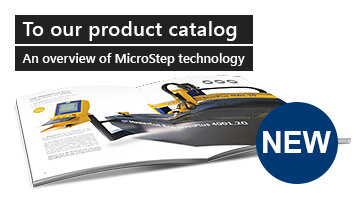
EXPERIENCE OUR SYSTEMS LIVE
in the CompetenceCenter South or North
- All four cutting technologies (laser, plasma, oxyfuel, waterjet)
- Innovative automation systems
- The latest solutions for bending and deburring
- Industry 4.0 demo factory
- Easy to reach: in the south and north of Germany
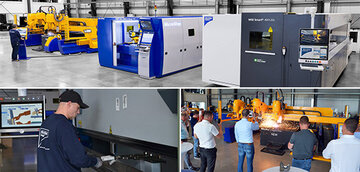
 MSE SmartFL
MSE SmartFL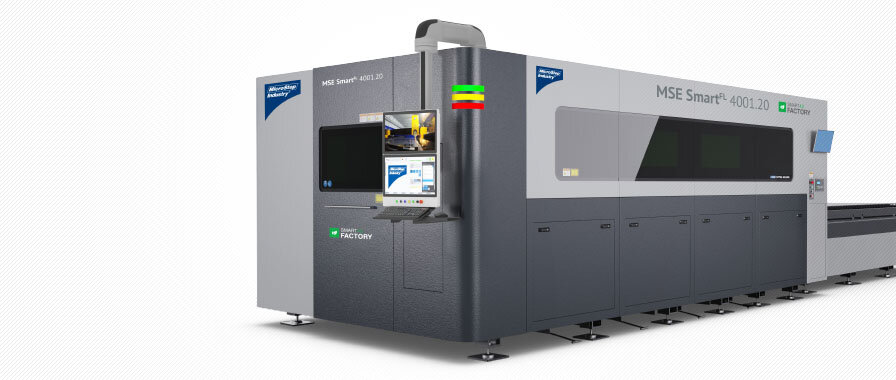



 MSE CubeFL
MSE CubeFL
 MSE TubeFL
MSE TubeFL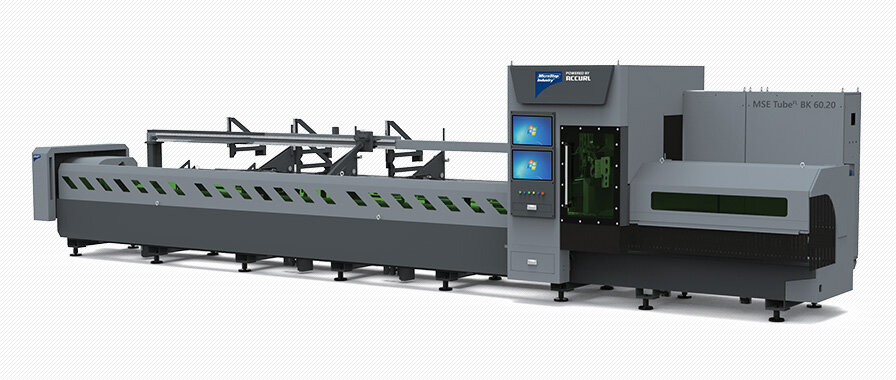






 MSF Compact
MSF Compact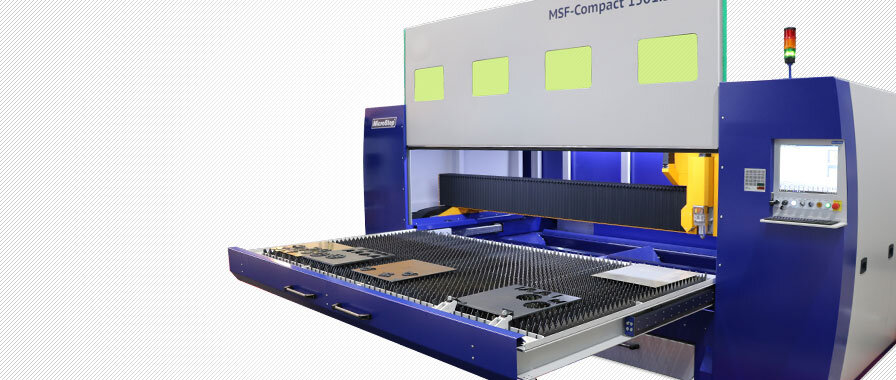

 MSF Cut
MSF Cut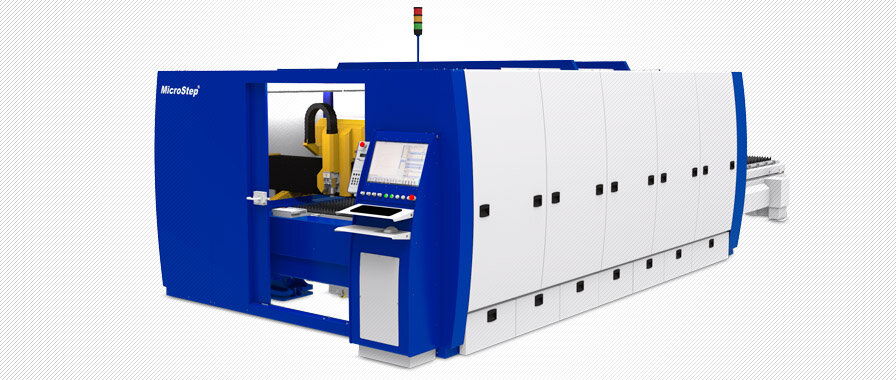
 MSF Pro
MSF Pro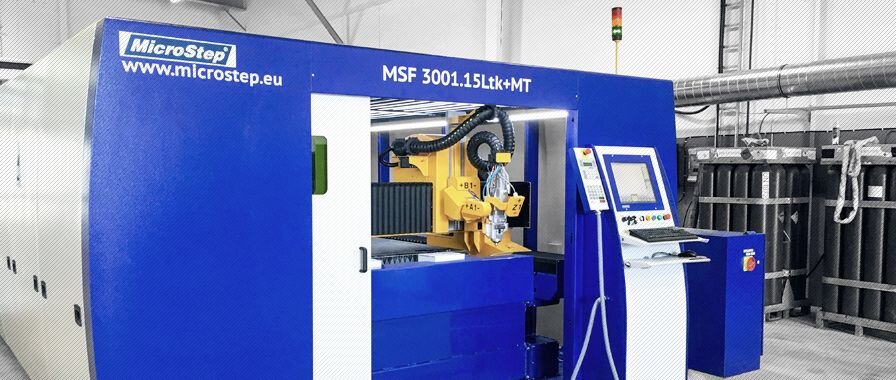




 MSF Max
MSF Max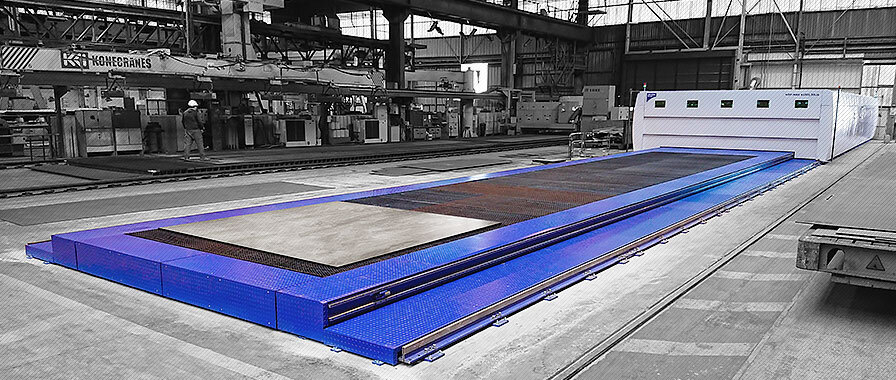
 MSF Pipe
MSF Pipe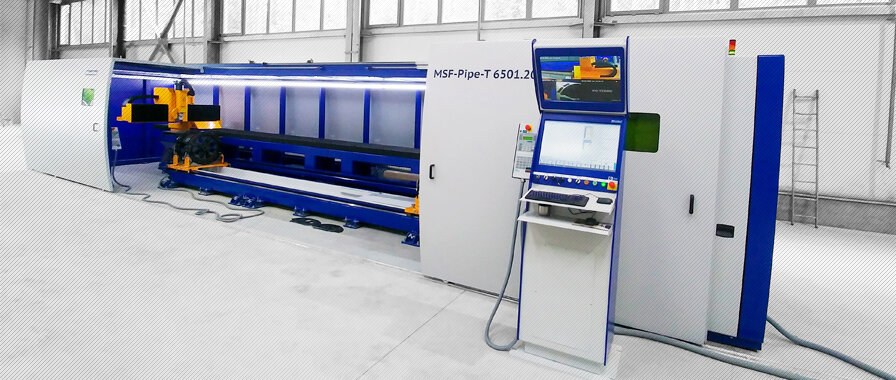
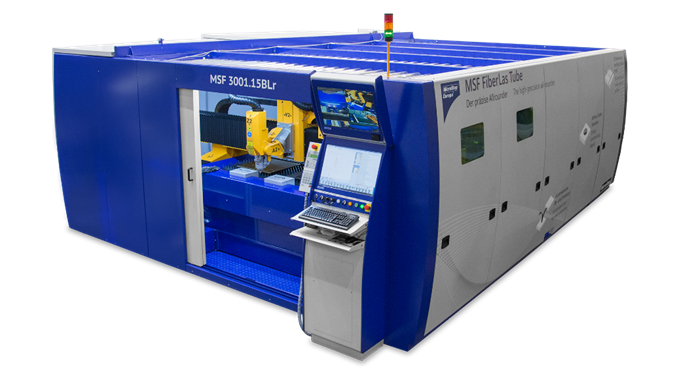
 MasterCut Compact
MasterCut Compact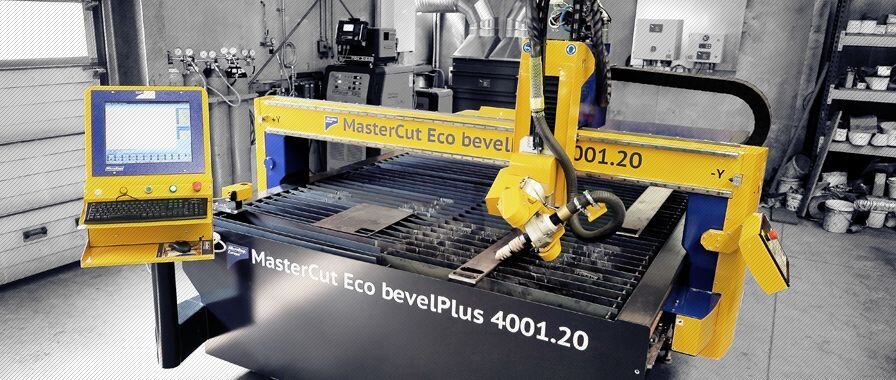
 MasterCut
MasterCut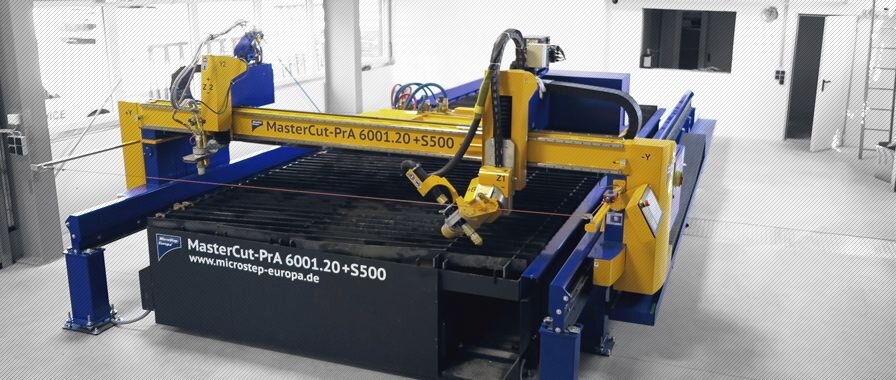
 MG
MG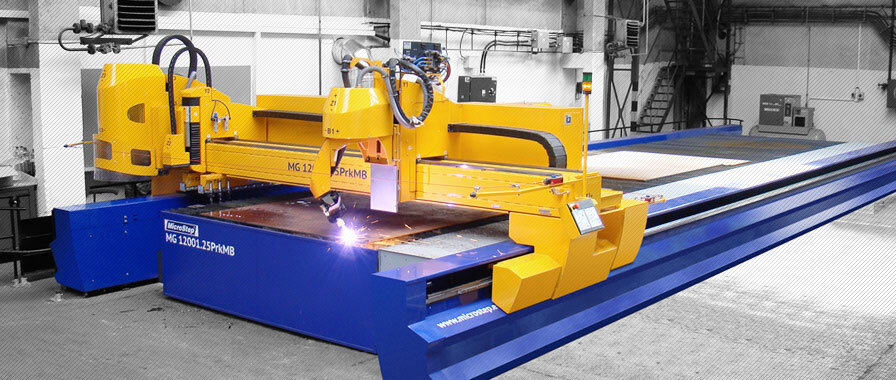

 DRM
DRM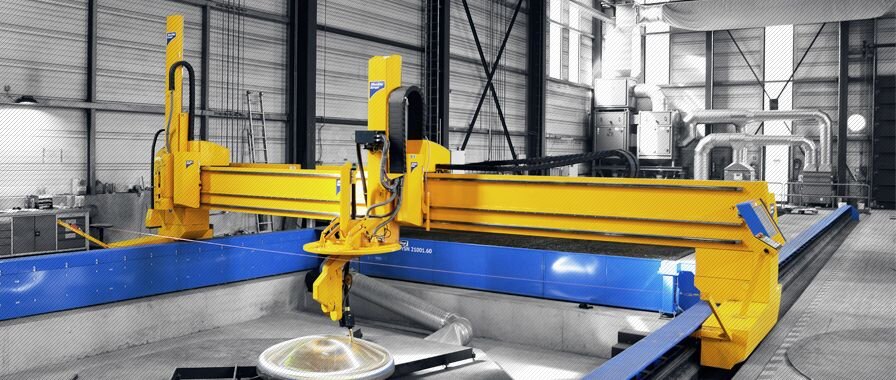
 CombiCut
CombiCut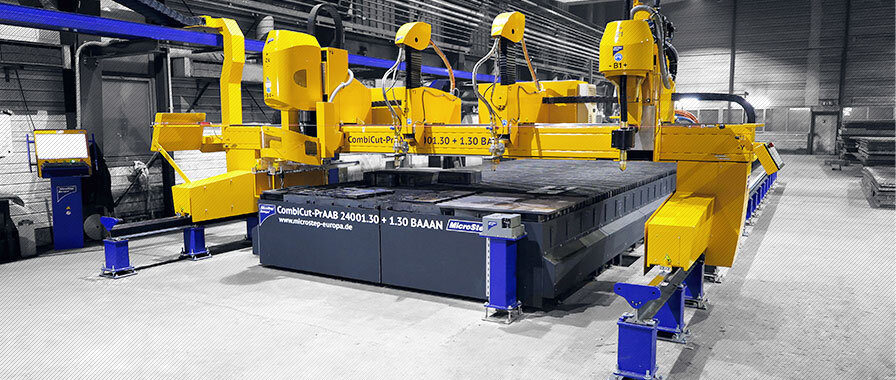
 DS
DS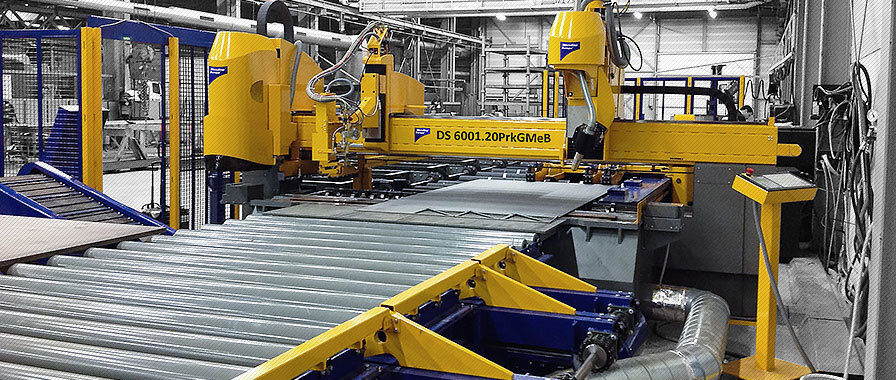
 CPCut & PipeCut
CPCut & PipeCut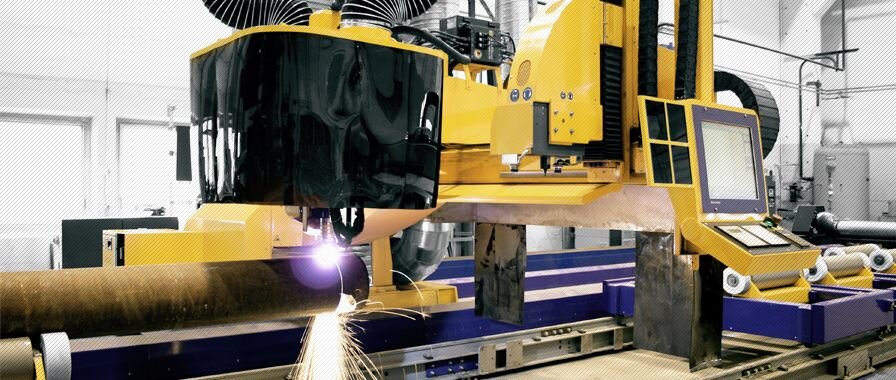
 ProfileCut
ProfileCut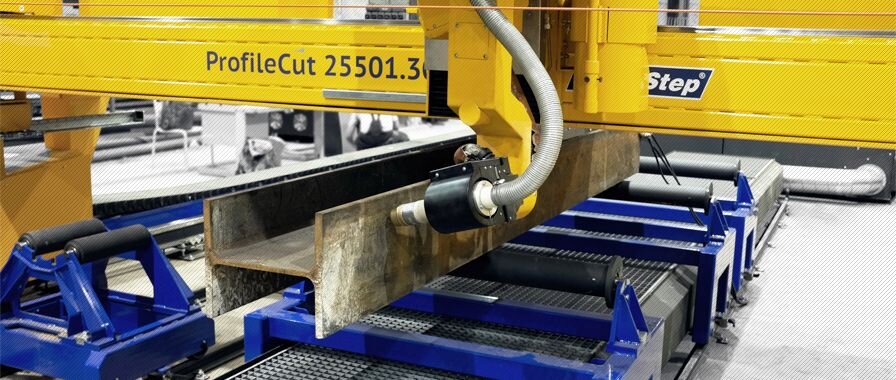
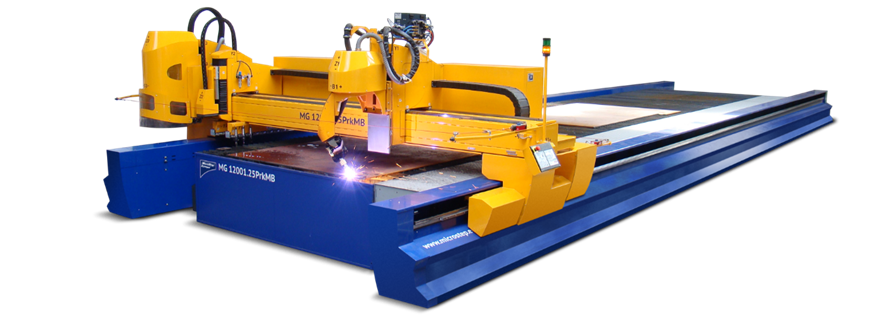
 EasyCut
EasyCut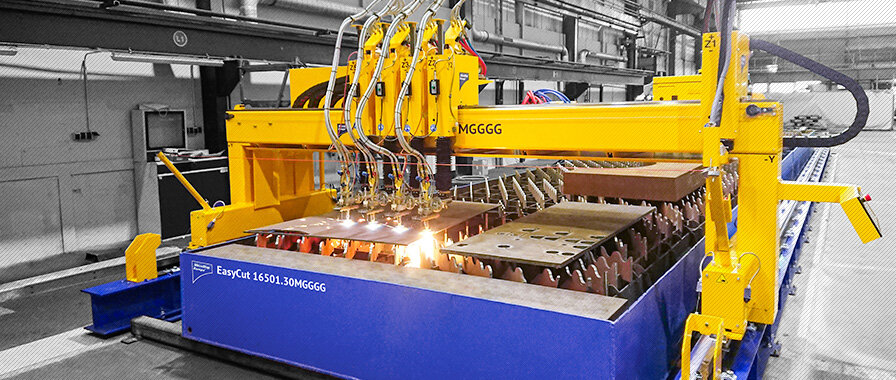
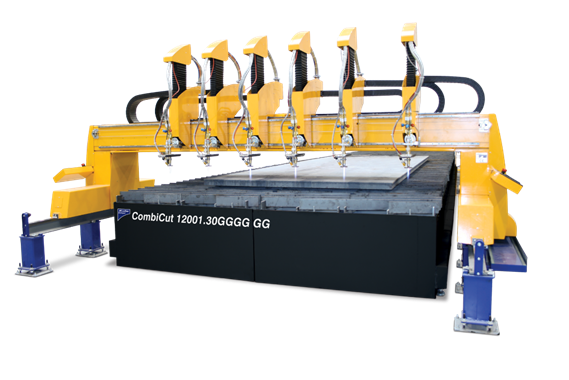
 WaterCut
WaterCut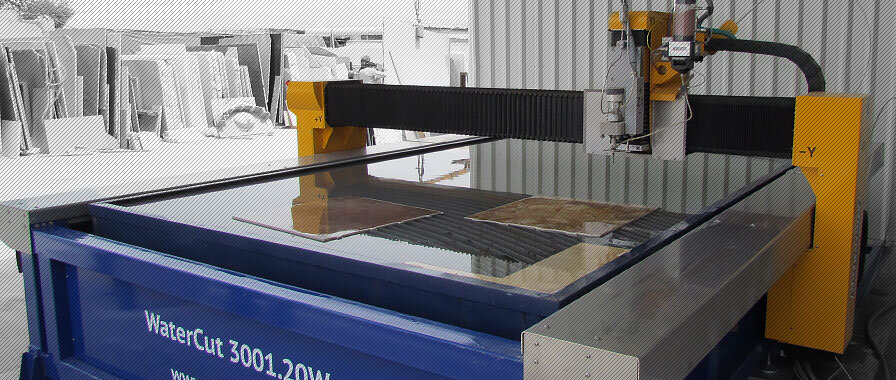
 AquaCut
AquaCut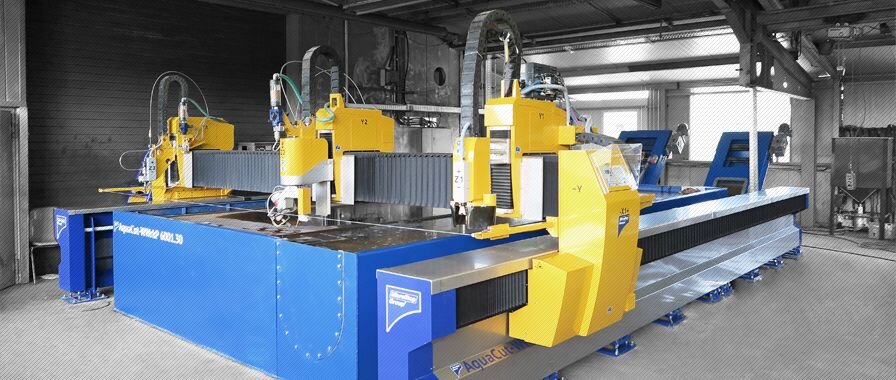
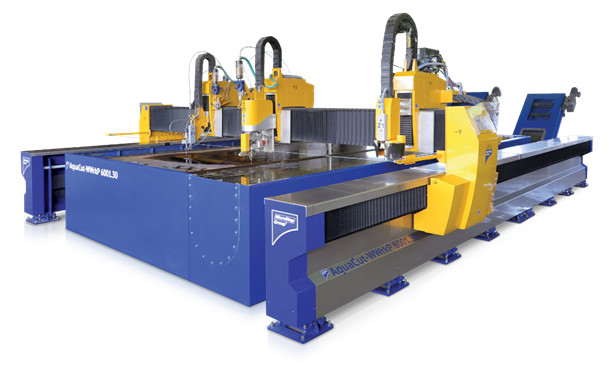
 SMART
SMART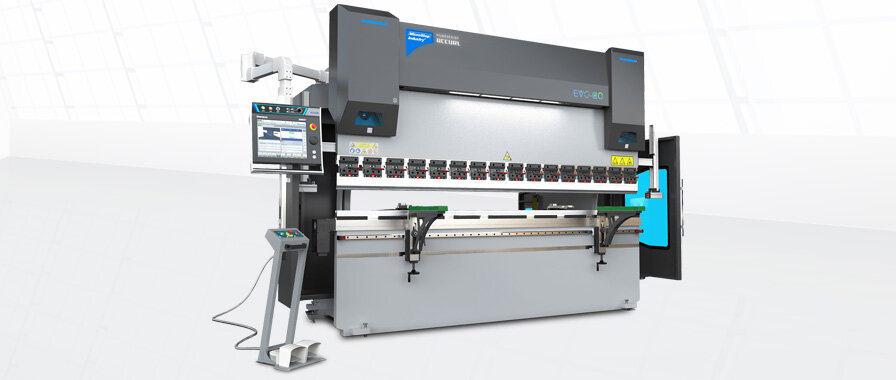

 eB ULTRA
eB ULTRA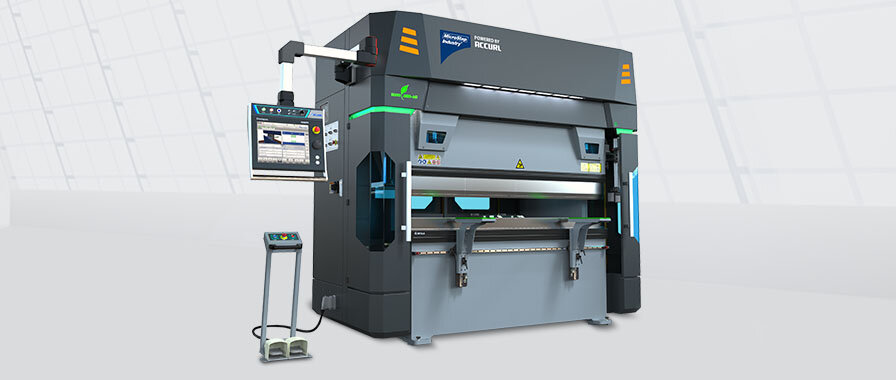
 EUROMASTER
EUROMASTER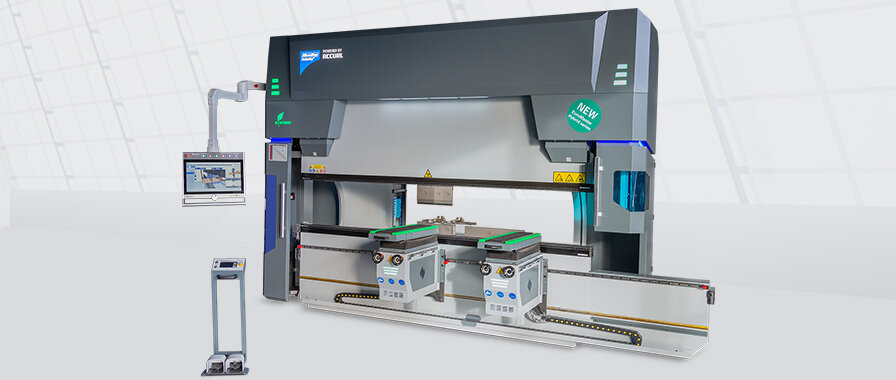
 GENIUS
GENIUS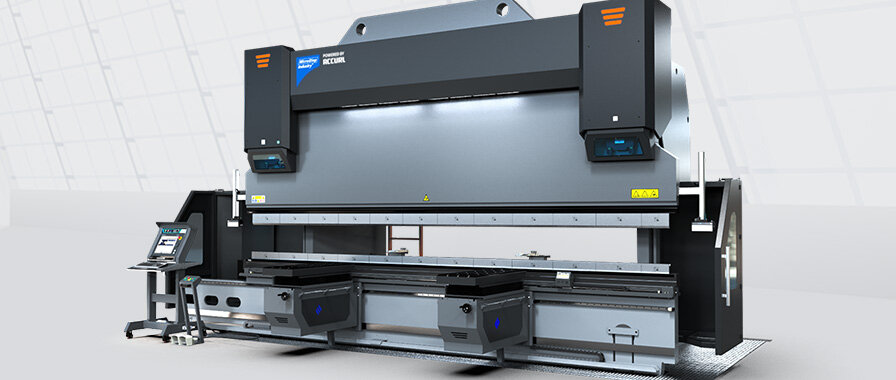

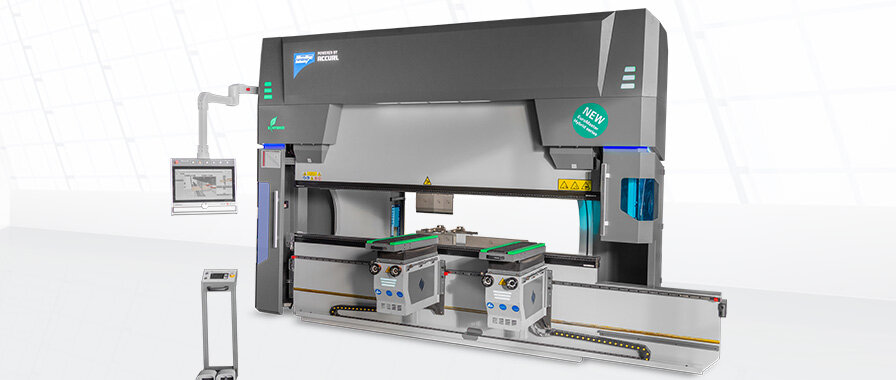
 MSLoad, MSTower, MSSort
MSLoad, MSTower, MSSort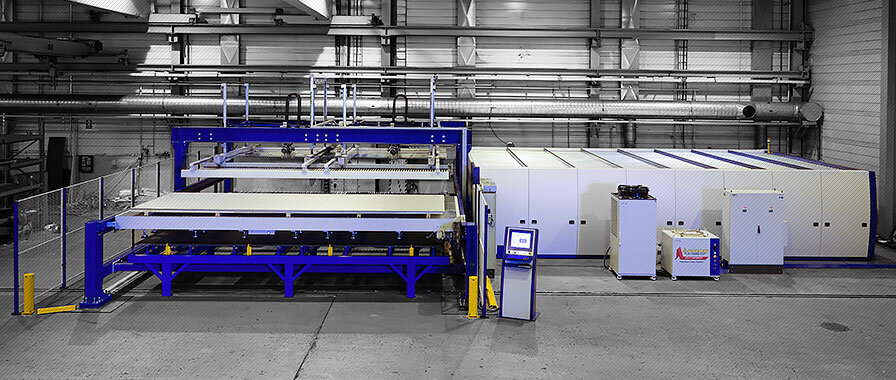



 MSLoop
MSLoop
 MSFeed
MSFeed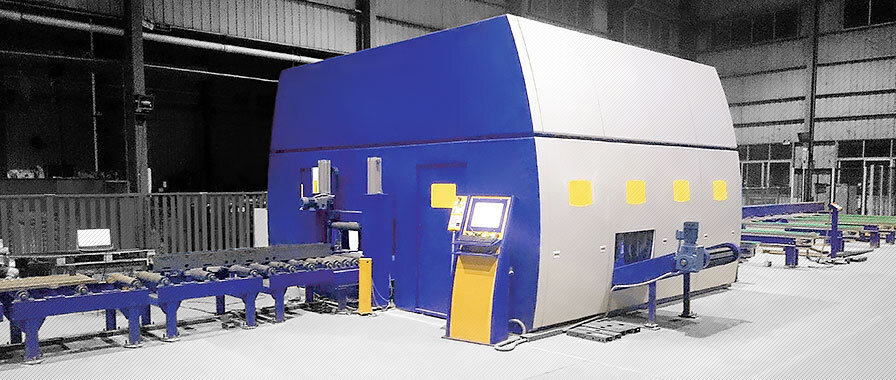
 Digitalization
Digitalization